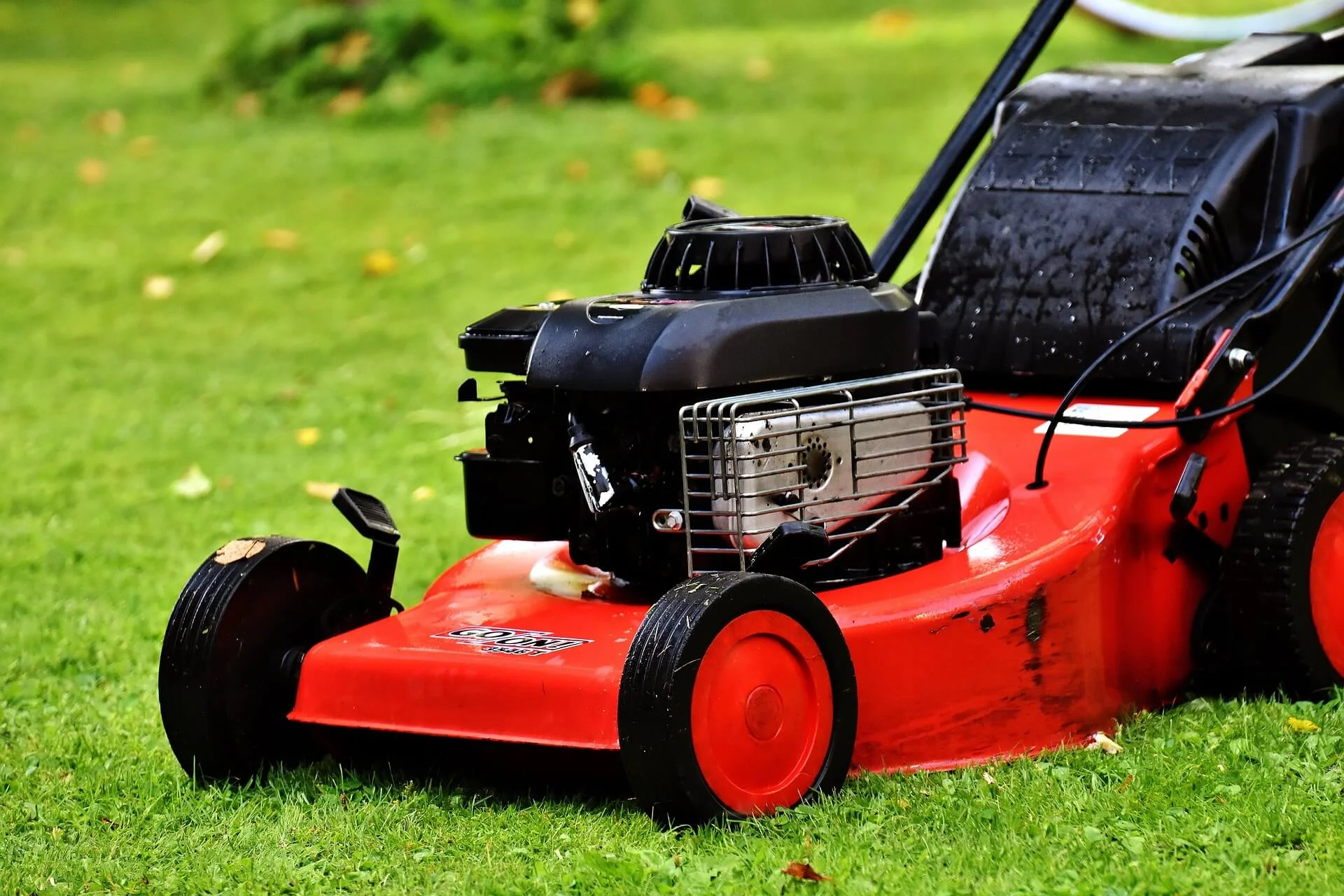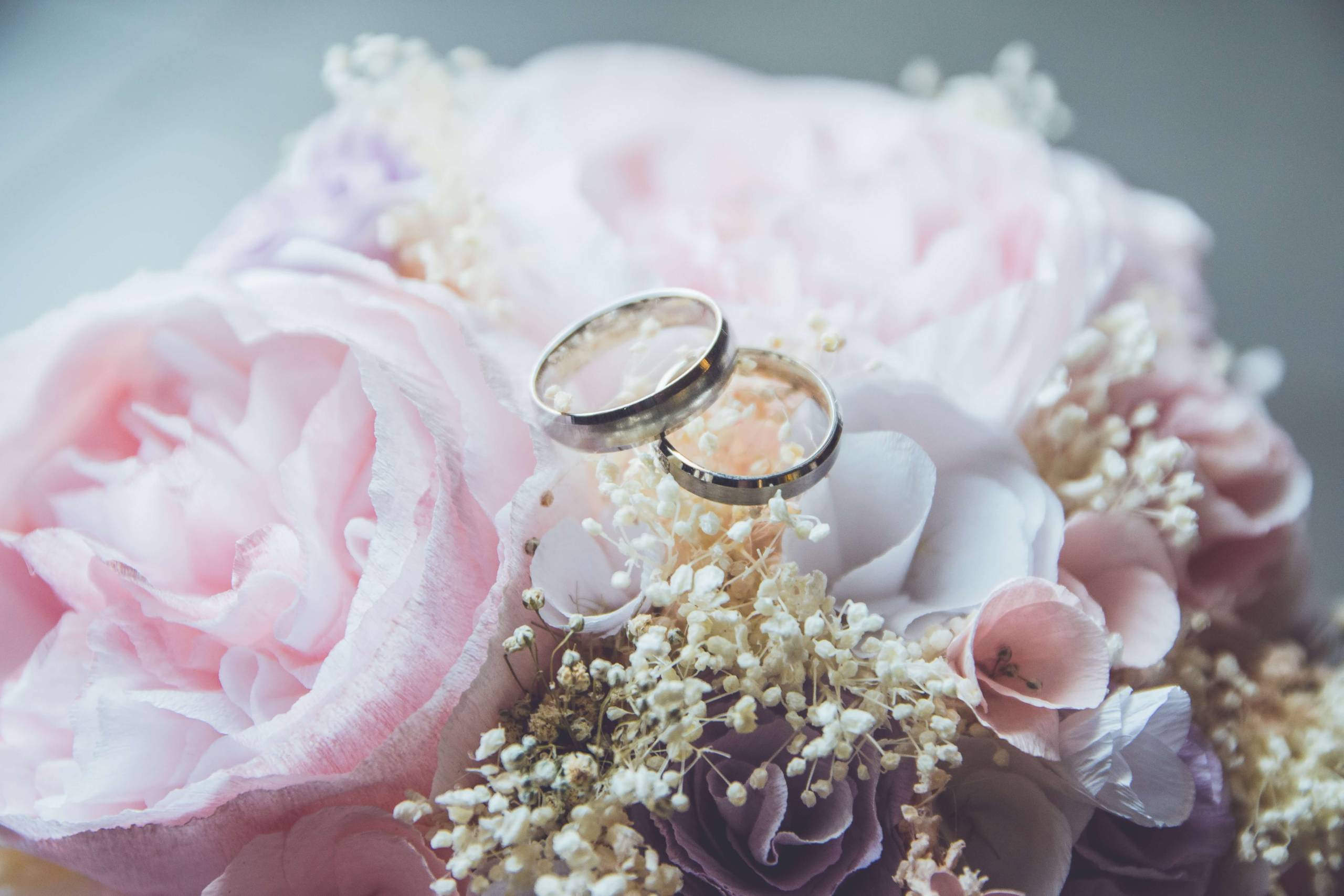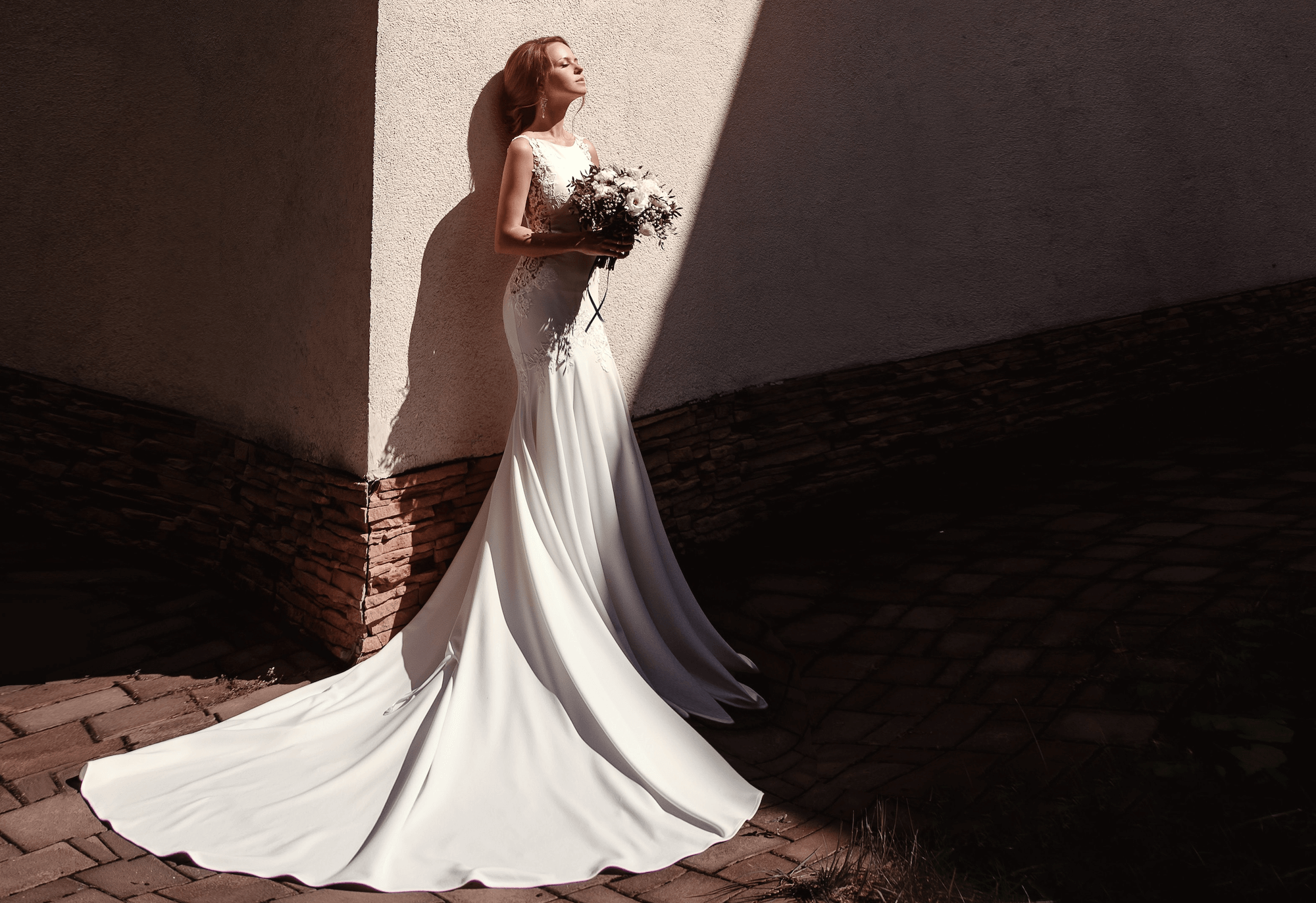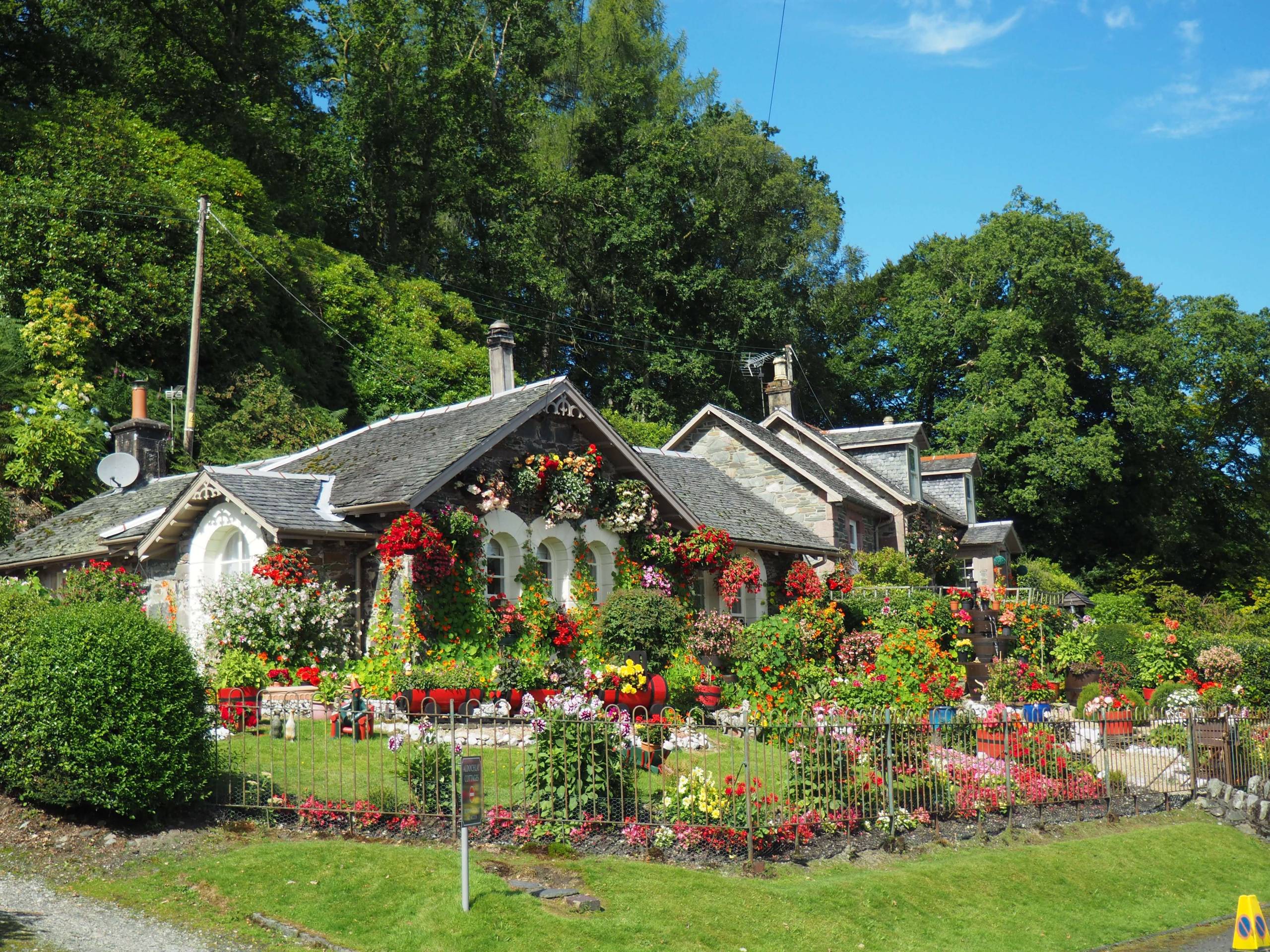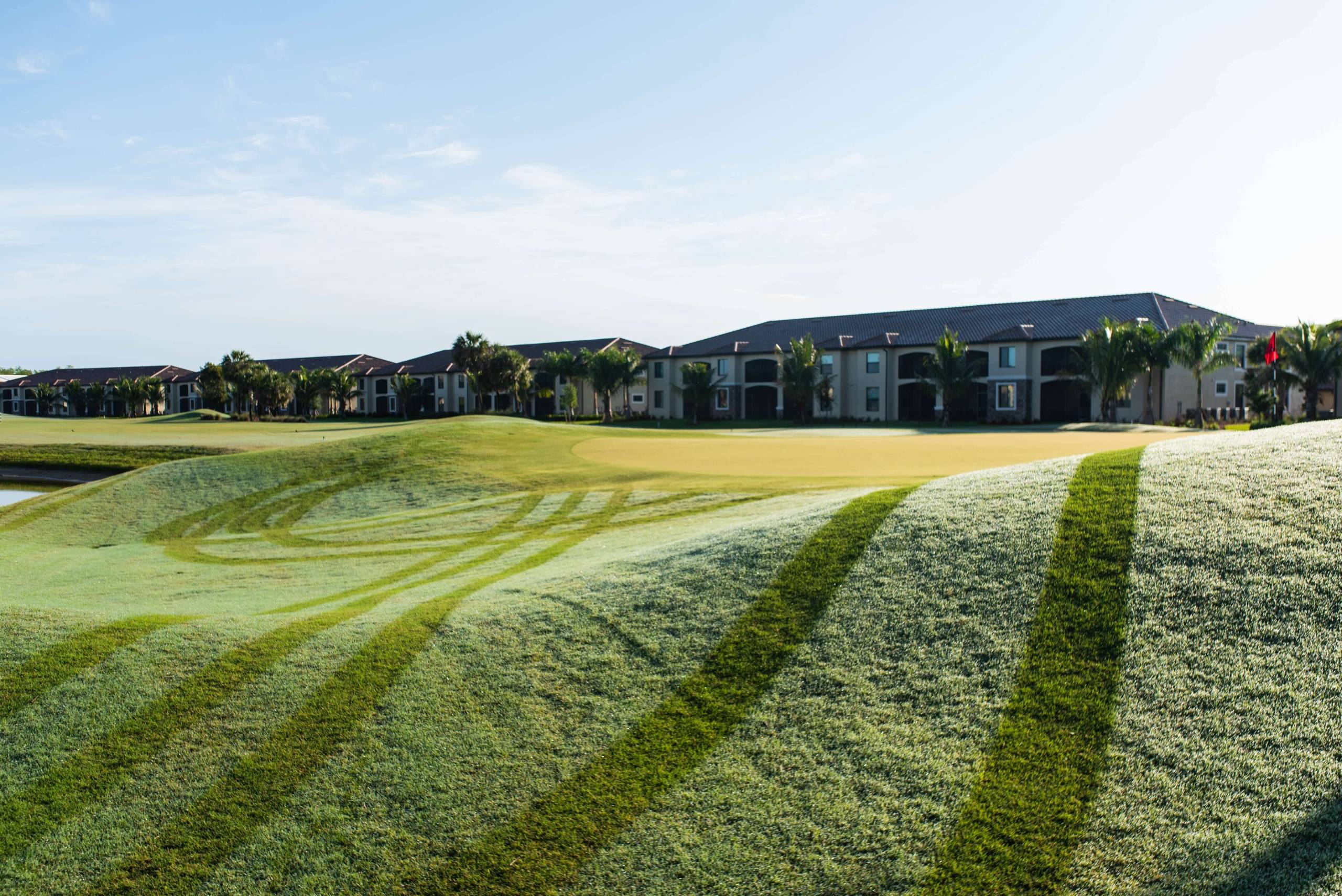Marketing Blog
A blog about marketing best practices so your business can grow!
SEO for Landscapers in 2024 — Full Guide to Search Profit Growth
SEO for landscapers is a marketing tactic that...
Wedding Photography Leads: A Concise Guide to Success
Wedding photography is an essential aspect of any...
Wedding Photographer Landing Page: Essential Tips for Success
The wedding day is a momentous occasion, capturing the...
Landscaping Landing Page: How to Create an Effective One for Your Business
Landscaping landing pages are essential for any...
Landscaping Leads: 22 Ways to Generate Them
Landscaping is a highly competitive industry, and...


